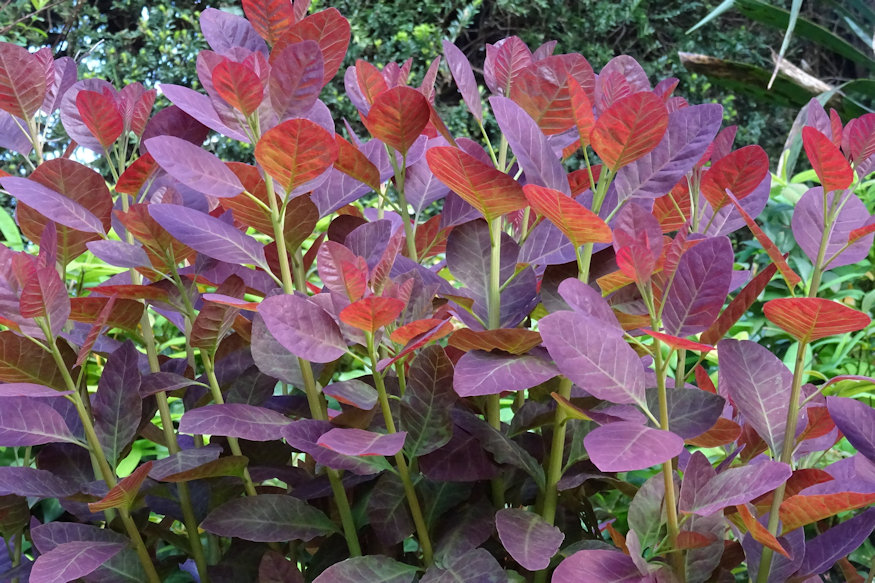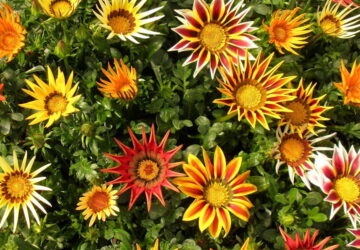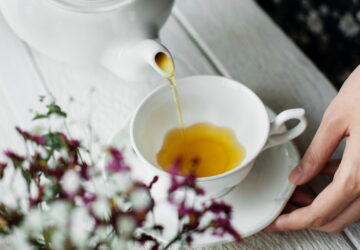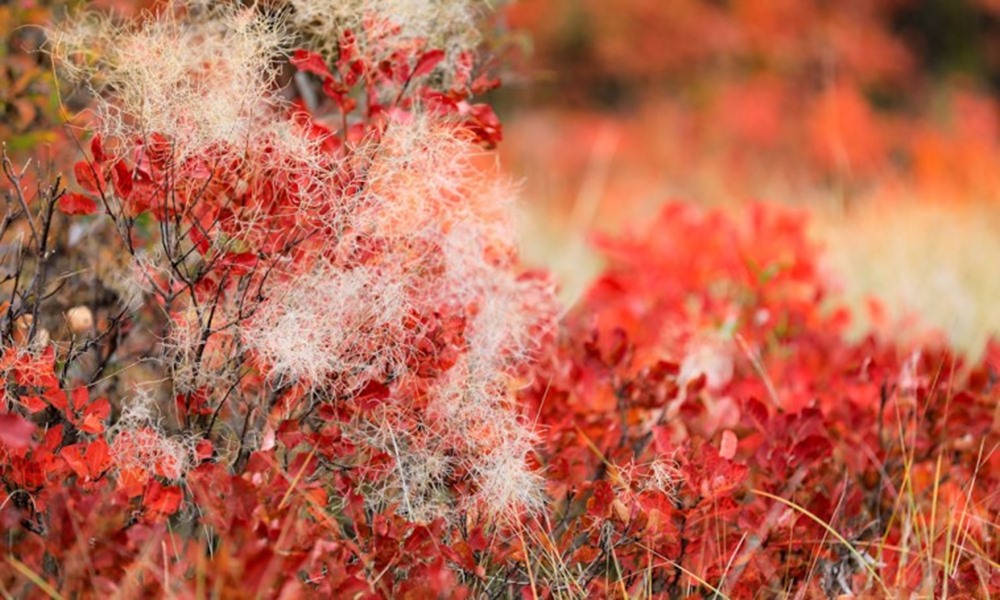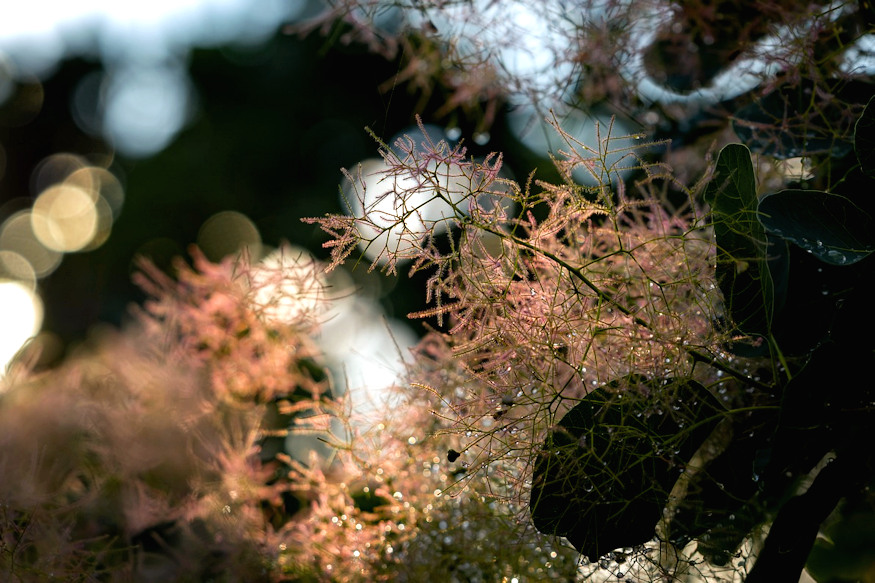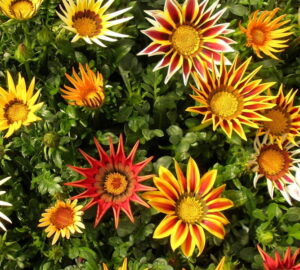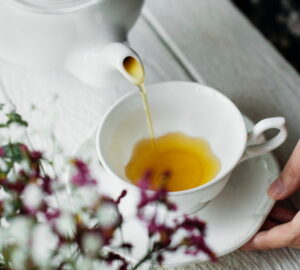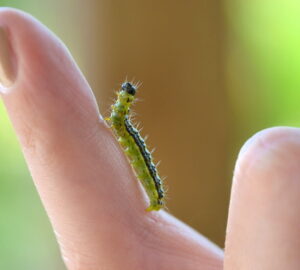Welcome to the world of Smoketree (Cotinus coggygria), a magnificent addition to your autumn garden. This article explores the enchanting beauty and care of smoketrees, known for their cloud-like summer appearance and vibrant autumn foliage. Whether you’re a seasoned gardener or a plant enthusiast, join us on a journey through the colors and characteristics of this remarkable shrub.
Smoketree: A Spectacle of Color
Summer Delight
Smoketrees truly come into their own during the summer months. Picture this: a bush resembling a fluffy cloud of cotton wool, adorned with lush, upright, pyramidal inflorescences at the tips of its branches. These inflorescences burst into life in June, boasting yellow flowers that, intriguingly, are mostly barren. However, the real magic happens as the season progresses. The barren flowers develop delicate, feathery hairs in hues of purple-red, pink or yellowish-green. These vibrant wisps adorn the shrub, creating a stunning spectacle that can last well into August. Meanwhile, from the fertile flowers, egg-shaped drupes emerge, initially red and brown, eventually ripening to an enticing hue.
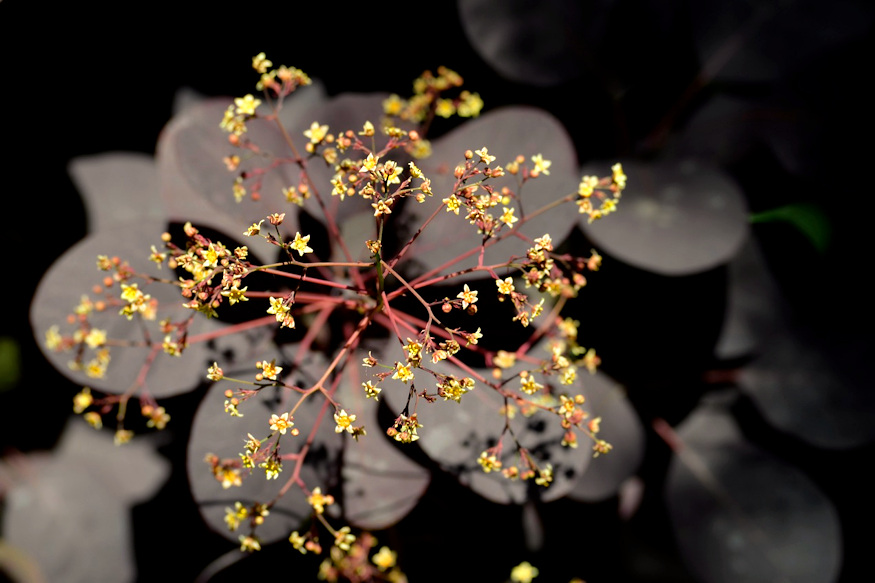
Autumn’s Fiery Show
Autumn is when the smoketree truly steals the show. The foliage of this remarkable shrub transforms into a mesmerizing palette of bright red, orange and scarlet. While green is the standard, you’ll also find captivating varieties with red or golden-yellow leaves. Consider ‘Royal Purple’ with its blackish-red foliage that ignites into fiery red brilliance come fall, or ‘Golden Spirit,’ radiating with golden-yellow leaves. For those with limited space, ‘Young Lady’ remains compact, not exceeding 1.5 meters in height.
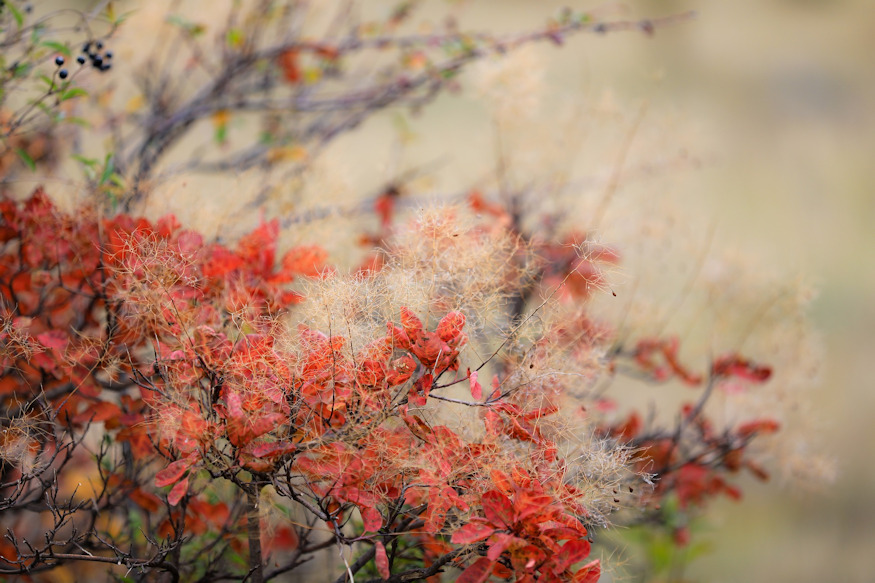
Origin and Ideal Growing Conditions
The smoketree’s roots trace back to the eastern Mediterranean, the Balkan Peninsula and parts of Asia. In your garden, it serves as a stunning standalone feature but also shines as a backdrop to companions like purple coneflower, asters, garden cosmos and ornamental grasses. Typically reaching a height of 2-3 meters, this shrub can occasionally stretch to an impressive 5 meters.
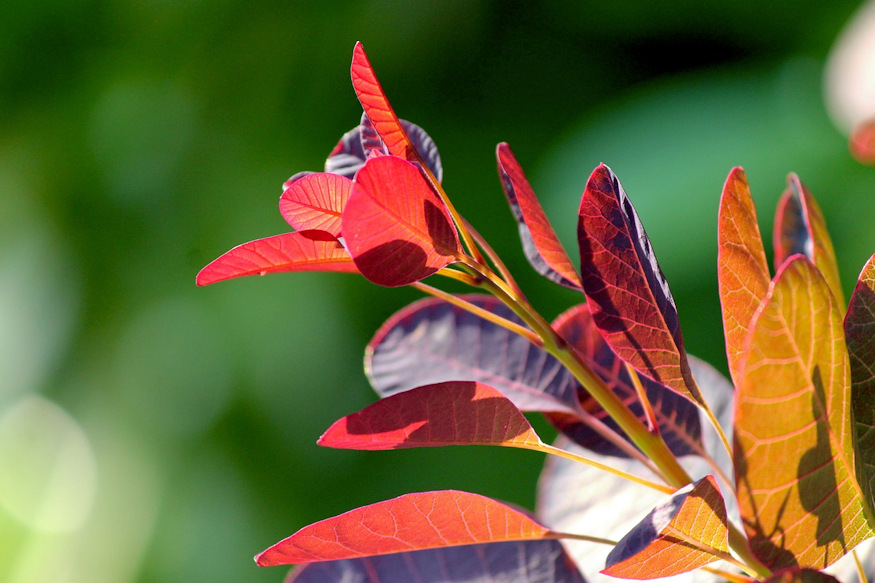
For optimal growth and visual appeal, plant your smoketree in a sunny, warm spot. While it can tolerate partial shade, the more sun it basks in, the more dazzling its colors become. Smoketrees are hardy, resilient against heat and drought. However, be cautious of planting them in heavy, waterlogged soil, as they may become susceptible to Verticillium infection, causing wilting.
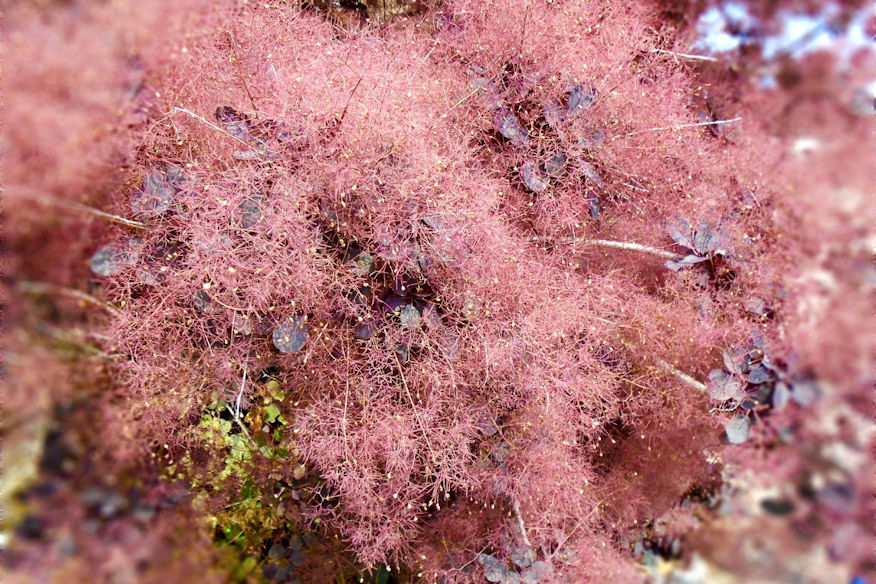
Remarkably, smoketrees don’t demand nutrient-rich soil; they thrive even with minimal nutrients. Pruning, while generally unnecessary, is well-tolerated, although radical rejuvenating pruning should be avoided to ensure profuse flowering the following year.
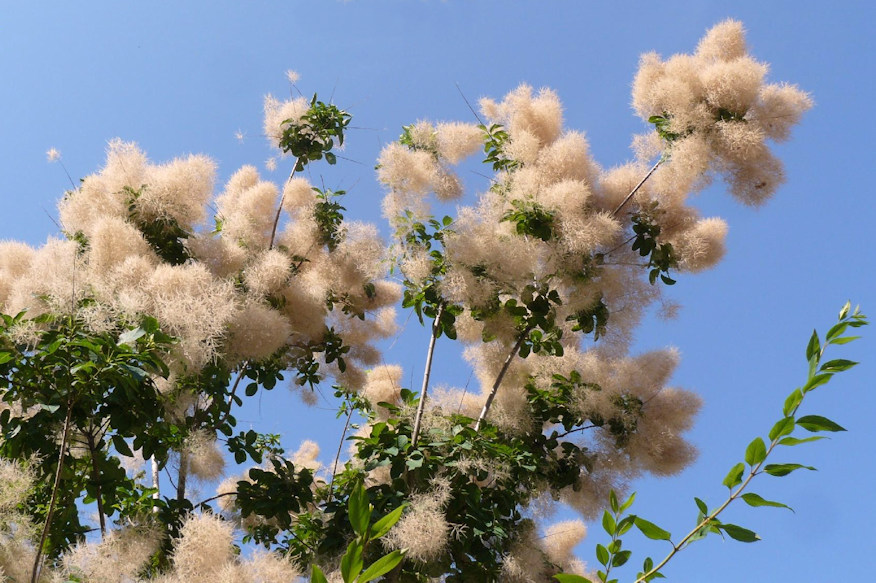
Versatile and Medicinal
Beyond its garden glory, the smoketree has multifaceted utility. Historically, it’s been employed as a tanning and dyeing plant. Additionally, it possesses medicinal properties, particularly for external use. Often, it’s fashioned into a mouthwash to combat gingivitis and soothe sore throats.
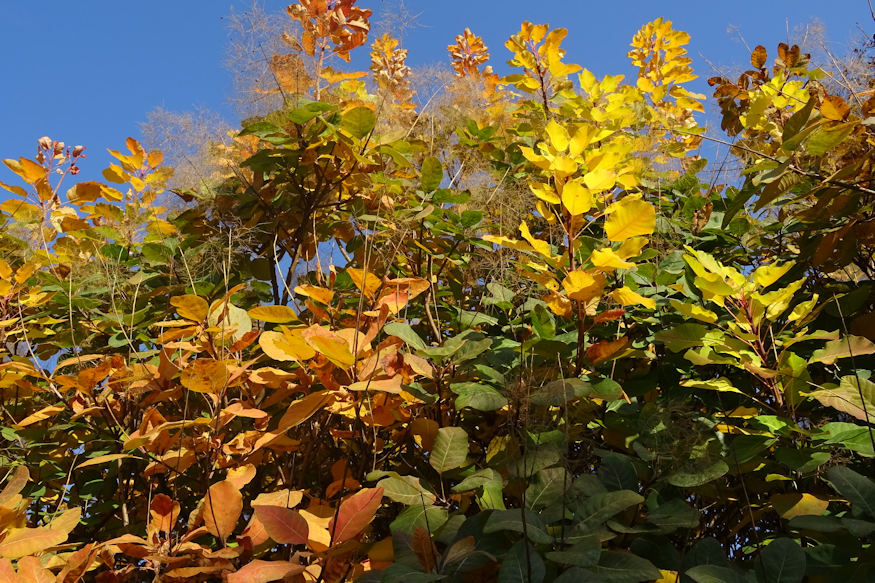
Embracing the Beauty of Smoketrees
In your autumn garden, the smoketree stands as an artistic masterpiece, transitioning from cloud-like elegance in summer to a fiery kaleidoscope in autumn. With its low-maintenance nature and versatility, it’s an excellent addition for both seasoned gardeners and plant enthusiasts. Watch as this shrub effortlessly transforms your outdoor space into a canvas of breathtaking colors and timeless beauty.
